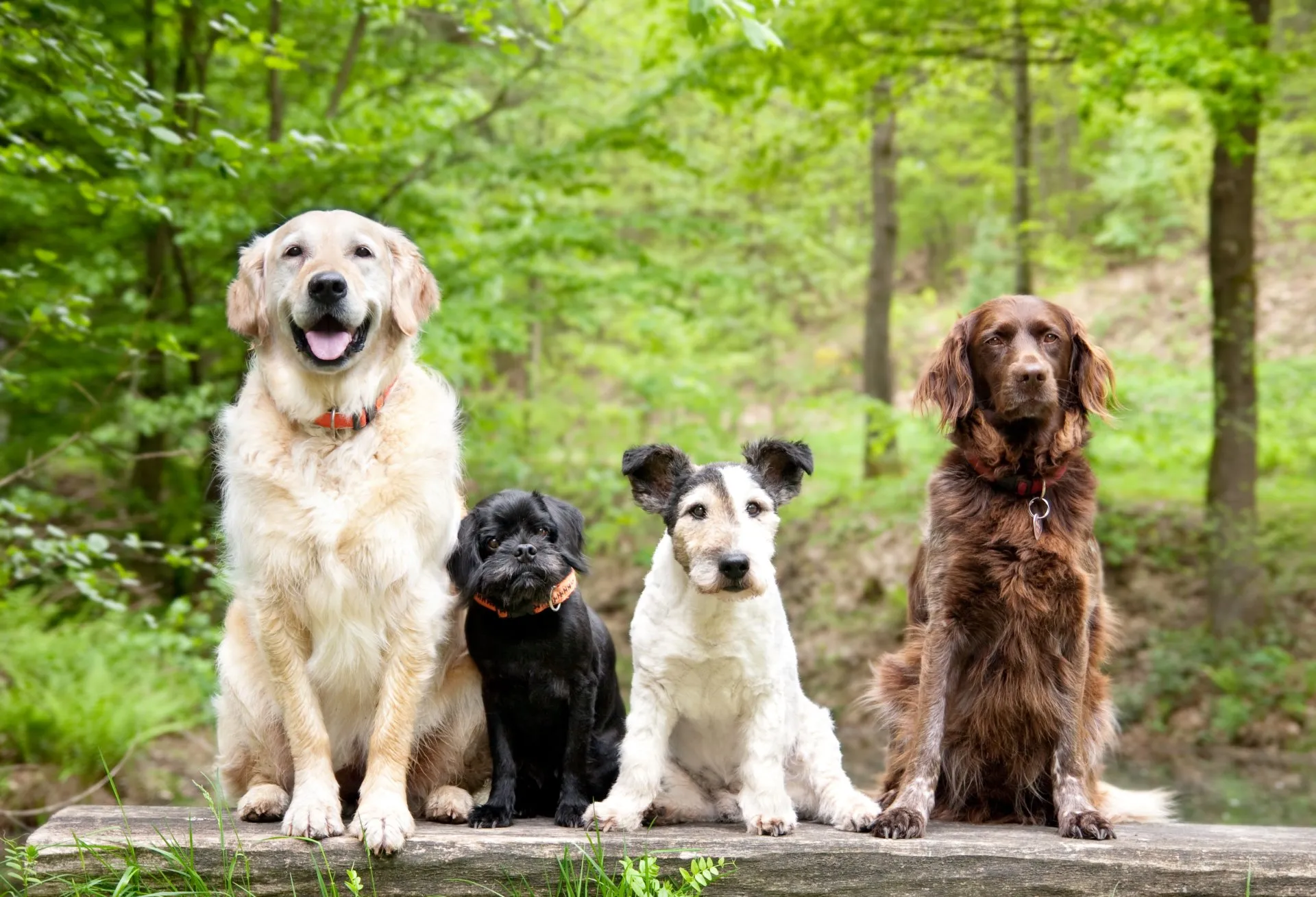Spring has arrived and that means Easter is here! One of the cutest things about Easter is the Easter Bunny. As the official mascot for the spring holiday the Easter Bunny has an iconic history. But who is the Easter Bunny, and where did the story start? A veterinarian discusses this historic—and adorable—mythical figure below.
History
Many sources say that the Easter Bunny story comes from the folkloric furball Eostre, the Saxon goddess of spring. During this time hares may have been sacred. There is also the German Lutherans ‘Easter Hare.’ According to this tale, the Easter Hare judged whether children had been good or bad. The good kids got toys and candy, delivered by a bunny carrying a basket. (It is also worth pointing out that bunnies can be very judgmental.)
Colored Eggs
Another Easter tradition associated with the Easter Bunny motif is colored eggs. As you may know, the egg, in many cultures, symbolizes spring and fertility. Back in the day, the eggs were boiled with flowers. Today, people usually use food coloring. Easter egg hunts are also popular. If you have one, be sure to collect all the eggs before they spoil. This is especially important if you have a dog, because that won’t stop Fido from eating them. It’s worth noting that Easter can bring various springtime health hazards for pets, so it’s important to be aware and keep your furry friends safe during the festivities.
March Hare
Before the Easter bunny there was the March Hare story. Perhaps, you may have heard the saying ‘Mad as a March hare.’ This is likely associated with the aggressive behavior of hares during spring. At this time of year, wild hares may fight each other, randomly jump for no apparent reason, or just generally act unusual.
Bunny Adoption
We really can’t discuss the Easter Bunny without at least touching on bunny adoption and rehoming. It’s still common for people to adopt rabbits as Easter presents for children. Many people don’t realize that bunnies need to chew, and then get upset when Floppy gnaws on their things. This sometimes ends up in rabbits being rehomed a few weeks or months after Easter. So. adopt responsibly! Don’t adopt a rabbit—or any other pet—unless you’re committed to offering it great care for the rest of its life.
Our Tips for The Story of the Easter Bunny in 2025
What are the differences between the Easter Bunny traditions in various countries?
The Easter Bunny traditions vary across countries. In Germany, the ‘Easter Hare’ delivers eggs and treats to children, a tradition dating back to the 1700s. In Switzerland, a cuckoo or rooster sometimes replaces the bunny as the bearer of Easter eggs. In Australia, due to concerns about the impact of rabbits on the environment, the Easter Bilby is celebrated instead. In Sweden, children dress as ‘Easter witches’ and go door-to-door exchanging drawings for treats, similar to Halloween. Each tradition reflects local customs and cultural influences on the Easter celebration.
What are some sustainable alternatives to traditional Easter egg dyeing practices?
Sustainable alternatives to traditional Easter egg dyeing include using natural dyes made from vegetables, fruits, and spices. For example, beets can create a red or pink hue, turmeric offers a vibrant yellow, and red cabbage produces a blue or purple tint. Boiling eggs with onion skins or spinach can yield orange and green colors, respectively. These natural methods reduce chemical use and are environmentally friendly. Additionally, wooden or ceramic eggs can be decorated and reused each year, providing a long-lasting, eco-friendly option for Easter celebrations.
What are some educational opportunities that the Easter Bunny tradition can provide for children?
The Easter Bunny tradition offers various educational opportunities for children. It can teach them about cultural history and folklore, exploring origins like the Saxon goddess Eostre or the German “Easter Hare.” Egg dyeing activities can introduce concepts of biology, discussing how eggs symbolize fertility and new life. These activities can also incorporate lessons on sustainability by using natural dyes. Additionally, organizing Easter egg hunts encourages problem-solving, teamwork, and physical activity. Overall, the tradition can foster creativity, environmental awareness, and an appreciation for cultural diversity.
What are some alternatives to live rabbit adoption for families wanting to celebrate Easter with a bunny theme?
For families wanting to celebrate Easter with a bunny theme without adopting a live rabbit, consider alternatives like plush bunny toys or rabbit-themed crafts. Organize activities such as Easter egg hunts with bunny-shaped eggs or bunny-themed storytime sessions. Baking bunny-shaped cookies or creating bunny decorations can also engage children in festive, creative ways. Virtual pet adoptions or sponsoring a rabbit at a local shelter provide educational experiences without the commitment of a live pet. These alternatives offer enjoyable, low-maintenance ways to celebrate Easter with a bunny theme responsibly.
What impact has commercialization had on the Easter Bunny tradition?
Commercialization has significantly impacted the Easter Bunny tradition, transforming it into a major marketing and retail event. This shift has led to the widespread sale of themed merchandise, such as chocolates, toys, and decorations, which can overshadow the tradition’s cultural and historical roots. While commercialization boosts the economy and creates festive excitement, it also risks promoting impulsive pet adoptions, such as rabbits, which often face abandonment after the holiday. Emphasizing education and responsible celebration can help balance commercial influences with the tradition’s original values and ethical considerations.
Happy Easter! Contact us, your veterinary clinic in West Greenwich, RI, anytime! We offer comprehensive Vet Wellness & Pet Vaccinations services to keep your furry friends healthy all year round.




!Social Media Icons